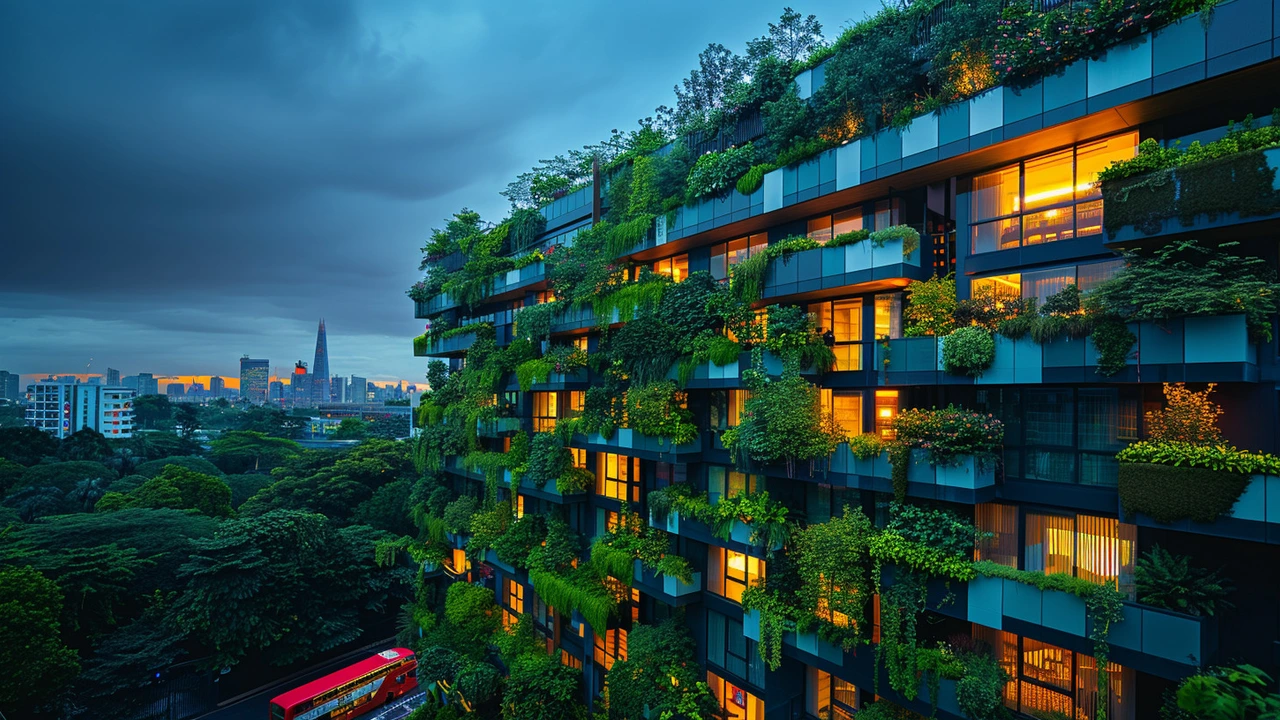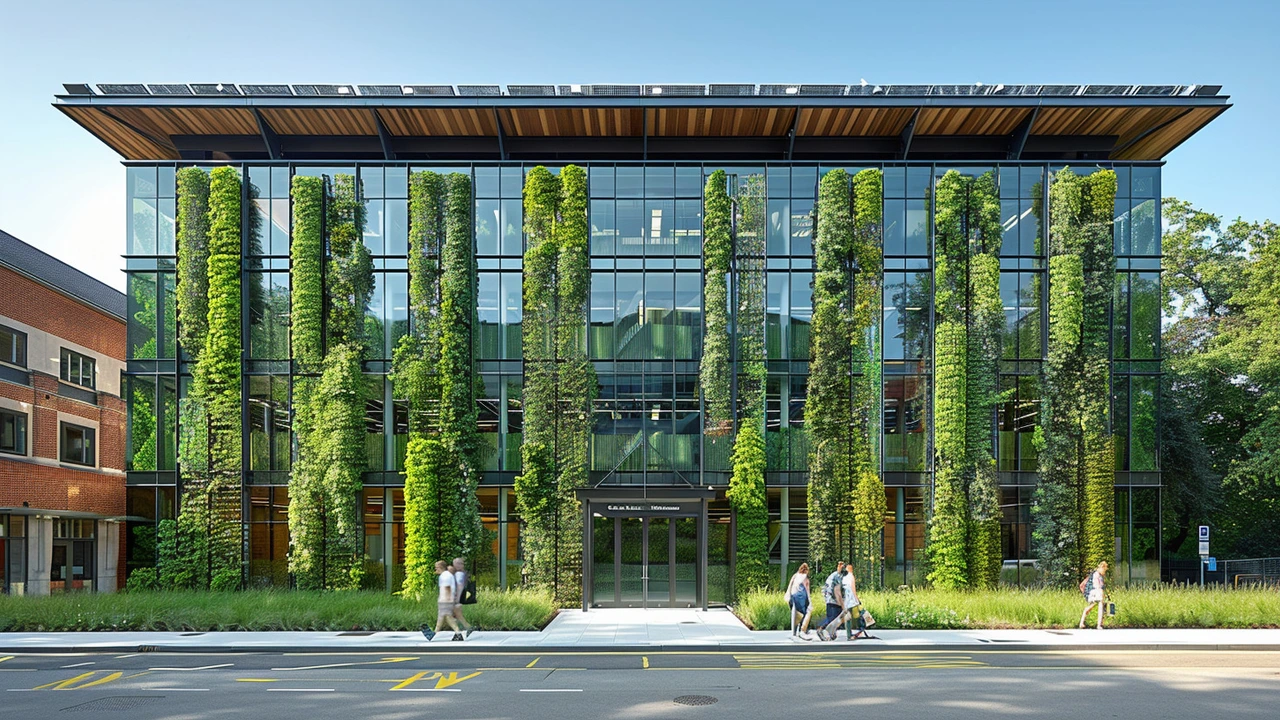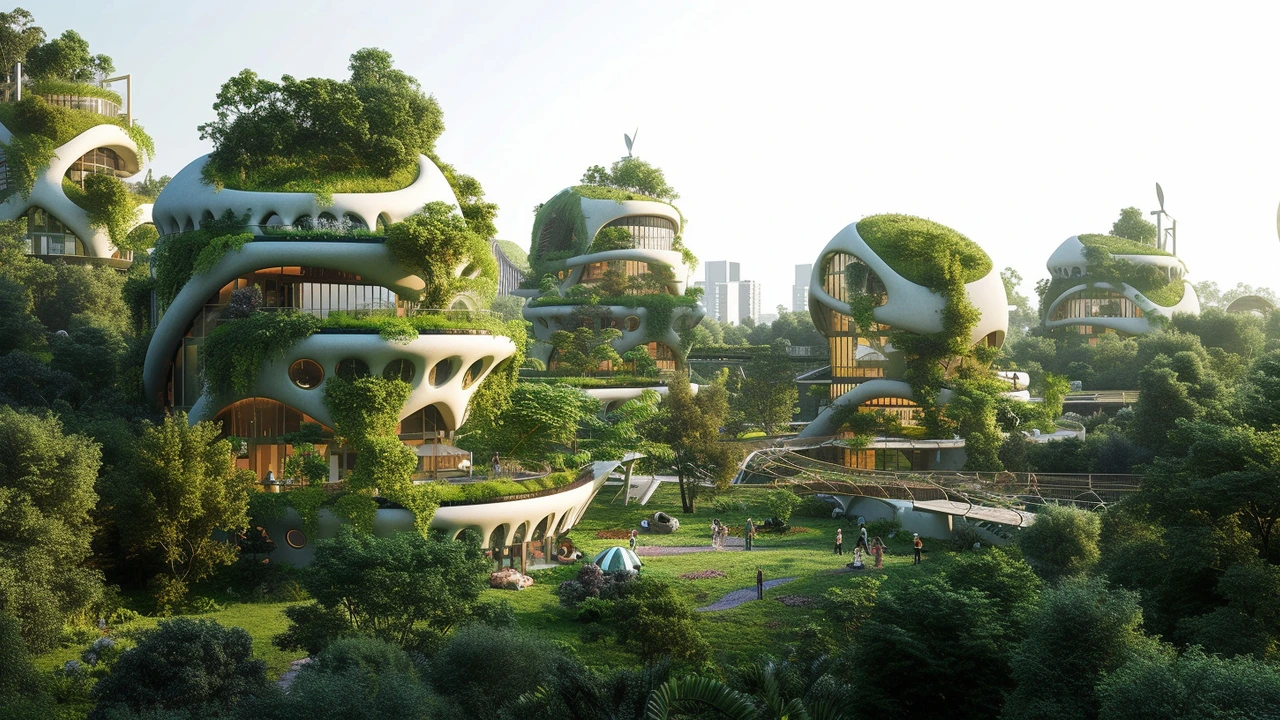This article explores how constructivist architecture plays a crucial role in the realm of sustainable design. By integrating eco-friendly principles with innovative building techniques, this style not only promotes environmental responsibility but also enhances aesthetic and functional aspects. Dive into the essential elements, benefits, and real-world examples of constructivist architecture contributing to a greener future.
Sustainable Design: Practical Green Architecture Tips
Buildings use a lot of energy and materials. Want to cut that footprint without sacrificing comfort or style? Here are concrete, usable design moves you can apply to new builds or retrofits.
Quick wins for any project
Start with orientation: place living and working spaces where they get the most daylight and natural heat in winter, and shade them in summer. Good orientation lowers heating, cooling, and lighting loads fast.
Seal and insulate well. A tighter building envelope and proper insulation often give the biggest energy savings for the least money. Fix drafts, upgrade insulation in walls and roofs, and add weatherstripping to doors and windows.
Choose better windows, not just bigger ones. Double- or triple-glazed windows with proper shading reduce heat loss in winter and heat gain in summer. Use overhangs or adjustable shading for control.
Upgrade systems: high-efficiency heat pumps, ENERGY STAR appliances, LED lighting, and smart thermostats pay back quickly through lower bills. Controls that schedule HVAC and lighting cut wasted energy.
Use simple water-saving fixtures: low-flow faucets, dual-flush toilets, and efficient irrigation reduce utility costs and environmental impact immediately.
Design strategies that pay off long-term
Passive design matters. Thermal mass, cross-ventilation, and well-planned insulation create stable indoor temperatures with little mechanical help. Those strategies reduce operating costs for decades.
Think about embodied carbon early. Choosing local, recycled, or low-carbon materials (timber, recycled steel, low-carbon concrete) lowers the building’s footprint from the start.
Modular and prefabricated elements speed construction, cut waste, and often improve quality control. Less onsite waste means lower costs and simpler logistics.
Daylighting and views improve occupant well-being and reduce the need for artificial light. Combine skylights, light shelves, and interior glazing to bring daylight deeper into spaces.
Plan for flexibility. Spaces that adapt to new uses avoid early demolition and reduce future waste and expense.
If you’re wondering where to begin: set clear performance goals (target energy use per square meter), run a basic energy model early, and prioritize measures that are low-cost with high impact. Work with an energy modeler or a designer familiar with green building standards like Passive House or LEED for measurable results.
Want examples? Read our pieces on constructivist approaches that blend form and efficiency, and on practical green building strategies that architects and owners are using today. These show real projects, costs, and outcomes to help you pick what fits your budget and climate.
Ready to make a plan? Start small—insulate, seal, and upgrade systems. Then scale to passive strategies and material choices. Track performance after occupancy and tweak systems to keep saving energy and money.
Sustainable architecture represents a vital approach to building design that honors the health of our environment. It incorporates innovative techniques to minimize environmental footprints while enhancing efficiency. This article explores how green buildings benefit both our surroundings and well-being. From utilizing energy-efficient materials to implementing natural systems for waste reduction, these structures pave the way for a greener and more sustainable future.
As a passionate eco-warrior and architecture enthusiast, I've seen first-hand how sustainable architecture can pave the way for a greener future. This intriguing article will bring you on an enlightening journey exploring the critical role sustainable architecture plays in environmental conservation. We'll dive deep into how innovative, eco-friendly design solutions can combat various environmental challenges, contributing to a greener, healthier future. Get ready to kick-start your green initiative through the amazing world of sustainable architecture.



